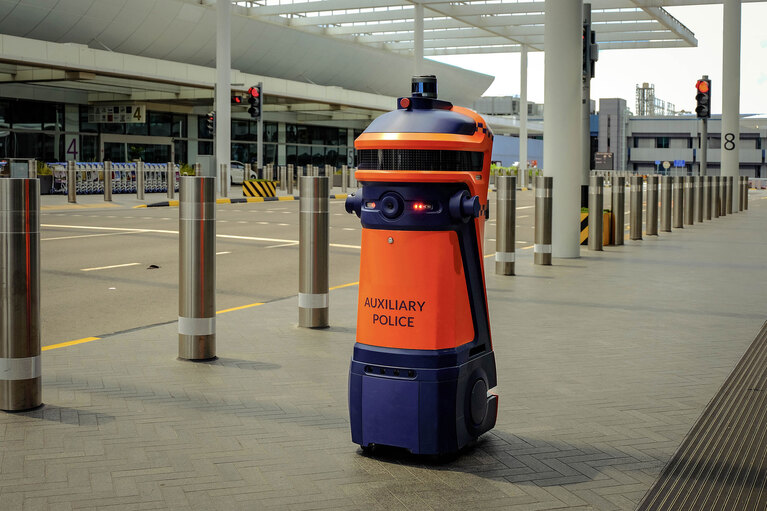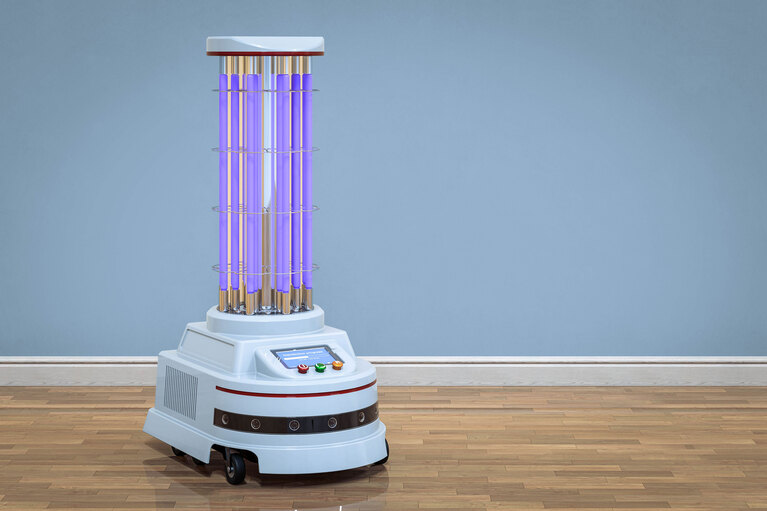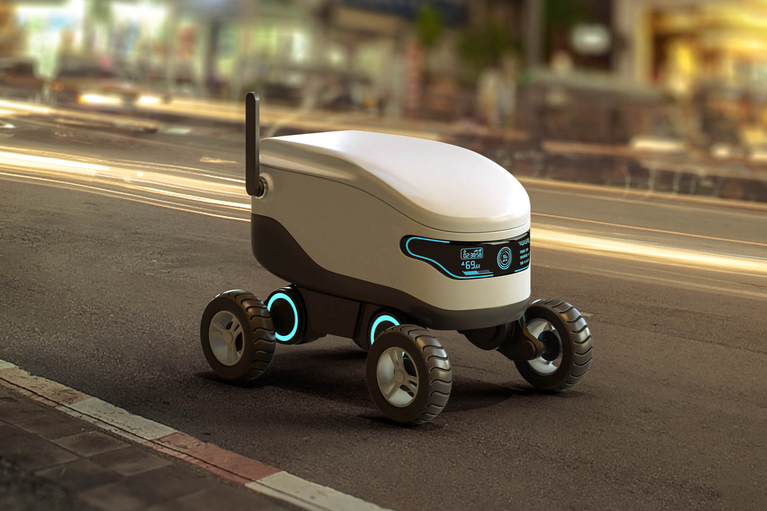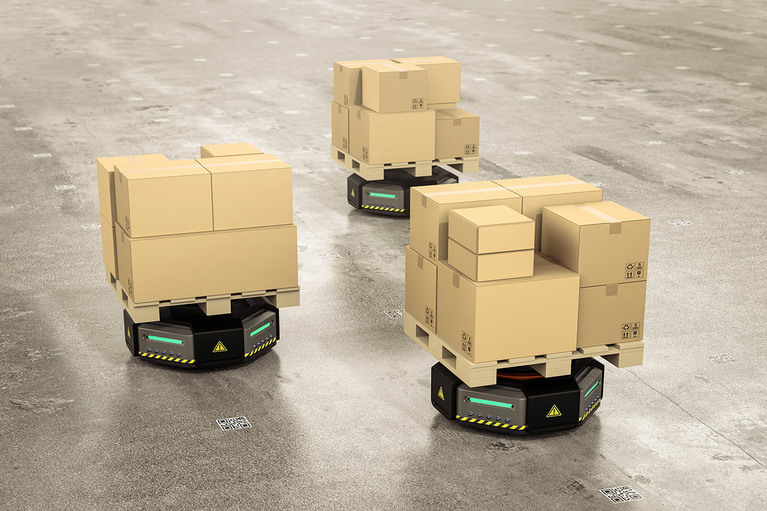
紧凑型电源模块为先进传感器预留空间,提升安全性和性能
巡检机器人能够更频繁地监测基础设施,在问题发生前及时补救,从而挽救生命、节约时间和成本
这类机器人使用紫外线灯或消毒喷雾来消除学校、仓库、医院和酒店等人流密集大型场所中的危险病原体和细菌。机器人通常由 24V 或更高电压的电池供电,不仅需要为高强度紫外线灯和泵机供电,还要为实现自主运行所需的传感器和电机供电。安全场所要求的不断提高对供电网络提出了更高要求,需要更长的运行时间和更强的能力。主要目标包括:
消毒机器人采用紫外线、静电喷雾以及其他传感器和导航系统等技术,可以在工作场所自主移动对环境进行消毒。Vicor 高功率密度和高效率电源模块能够支持各种负载需求,显著减小空间占用和重量,提升机器人的工作效率。

紧凑的高密度电源模块优化设计空间利用

电源模块支持负载端设备的多种输入电压

高效率
Vicor 的 ZVS 降压和升降压稳压器提供高效、轻巧、紧凑的调节方案,可支持广泛的负载需求。在这个设计中,电池的 24V 电压经调节后驱动泵机、风扇、传感器和控制器等设备,输出电压范围从 3.3V 到 24V 不等。与传统的高功率 DC-DC 转换器和稳压器相比,Vicor 模块化供电网络方案实现的效率更高(>95%),同时所需空间更小。

非隔离稳压
输入:12V (8 – 18V), 24V (8 – 42V), 48V (30 – 60V)
输出:2.2 – 16V
电流:高达 22A
峰值效率: 高达 98%
小巧至 10.0 x 10.0 x 2.56 毫米
紧凑型电源模块为先进传感器预留空间,提升安全性和性能
巡检机器人能够更频繁地监测基础设施,在问题发生前及时补救,从而挽救生命、节约时间和成本
轻巧高效的电源模块延长配送路线并节省空间以装载更多货物
为消费者提供杂货、外卖食品和网购商品的 “最后一公里”配送服务是自主机器人的核心任务
高效电源模块实现系统运行时间最大化,提升工作效率
自主移动机器人(AMR)和无人搬运车(AGV)等物流机器人在大型仓储环境中执行库存管理和订单履行任务
灵活可扩展的模块化方案支持多系统运作,打造更健康、清洁的空间
这类机器人使用紫外线灯或消毒喷雾来消除学校、仓库、医院和酒店等大型场所中的危险病原体和细菌


